How Horses Help Us Grow
All our horse-based activities at Strides to Excellence are based on the principles of equine-assisted learning. But just what is equine-assisted learning?
Equine-assisted learning (EAL) has become a popular way to help people learn and grow by interacting with horses. While it’s fairly new in the world of personal development and education, the idea of humans learning from horses isn’t. In fact, our connection with these animals goes way back in history. Let’s take a look at how this fascinating practice developed, what it involves, and how it differs from equine-assisted psychotherapy (EAP).
Humans and Horses: A Long Partnership
Humans have been working with horses for thousands of years. The domestication of horses started around 4000-3000 BCE, mainly in Central Asia. People relied on them for farming, travel, and even in battle. But the connection wasn’t just practical—humans also saw horses as symbols of strength, power, and beauty.
In ancient Greece, horses were admired for their spirit and grace. Xenophon, a philosopher and horseman from around 400 BCE, wrote about how important it was to build trust and understanding between rider and horse. He saw it as a partnership, not just a command-and-obey relationship. Native American cultures also respected horses deeply. They believed horses could heal and had spiritual wisdom. Early on, humans understood there was something special about the horse-human bond.
Therapeutic Riding: The First Step
The idea of using horses for therapy really took off in the mid-1900s. One of the earliest stories is about Liz Hartel, a Danish rider who developed polio in 1944. Although the disease left her partially paralyzed, she didn’t give up on her love for horses. Through determination and the healing power of riding, she won a silver medal at the 1952 Olympics. Her story caught the attention of many, and people began to see how riding horses could help others recover from physical challenges.
This led to the rise of therapeutic riding centers, especially in Europe and the U.S. These programs focused on helping people with disabilities improve their physical coordination and strength by riding horses. But over time, practitioners noticed that the benefits went beyond physical health—people were also feeling more confident, emotionally balanced, and socially connected.
The Birth of Equine-Assisted Learning (EAL)
As therapeutic riding gained popularity, people started to realize that horses could teach us more than just physical skills. Enter equine-assisted learning (EAL). This approach focuses on how horses can help people improve their emotional intelligence, communication, and leadership skills. It’s not about riding but rather working with horses on the ground in different activities.
One key figure in the development of EAL is Linda Kohanov. Her book, The Tao of Equus, published in 2001, explores how horses can mirror human emotions and behaviors, giving us insights into our own lives. According to Kohanov, horses are masters of non-verbal communication. They can sense our emotions and reflect them back to us, making them perfect partners for personal growth and learning.
How Equine-Assisted Learning Works
EAL is based on several principles that make it unique:
- Learning by Doing: EAL is experiential. This means participants learn through hands-on activities with horses. These might include maneuvering a horse through obstacles, grooming, or just spending time observing the horse’s behavior. These activities challenge participants to solve problems, regulate their emotions, and communicate clearly.
- Body Language Matters: Horses are incredibly sensitive to non-verbal cues. They pick up on human body language and energy quickly. Participants learn to become aware of how they present themselves physically, which helps them understand how they come across in other areas of life.
- Emotional Control: Horses respond to calm, confident leadership. If you’re anxious or unsure, a horse will feel it. This encourages participants to manage their emotions effectively, a skill that translates into better self-control in everyday situations.
- Building Trust: Horses don’t judge, but they do need to trust you. Building a relationship with a horse requires patience, respect, and clear communication. These same skills are vital in human relationships.
Equine-Assisted Psychotherapy (EAP) vs. Equine-Assisted Learning (EAL)
While equine-assisted learning focuses on personal development and education, equine-assisted psychotherapy (EAP) takes things a step further by addressing mental health. In EAP, horses are used as part of therapy sessions to help people work through emotional and psychological issues. A licensed therapist and a trained equine specialist typically run EAP sessions.
How does EAP differ from EAL?
- Therapeutic Focus: EAP is specifically designed to help with mental health issues, like anxiety, depression, trauma, and addiction. EAL, on the other hand, is more focused on life skills like communication, problem-solving, and emotional intelligence.
- Therapist Involvement: EAP sessions are led by a mental health professional who guides the participant through therapeutic exercises with the horse. In EAL, the focus is on learning, and while a facilitator is present, the goal is more educational than therapeutic.
- Emotional Depth: EAP often dives deeper into emotional issues. Participants might work on healing past trauma, managing stress, or overcoming psychological blocks. In EAL, the focus is more on developing practical life skills, though emotional growth can still happen.
EAP has gained popularity as an alternative to traditional talk therapy. Many people feel more comfortable working with horses than sitting in a therapist’s office. Horses provide a calming, non-judgmental presence, which can help people open up and feel more at ease.
Modern Uses of Equine-Assisted Learning
Today, EAL is used in a wide range of settings. Schools, corporate workshops, and even family therapy sessions incorporate EAL into their programs. It’s especially popular for:
- Youth Development: EAL helps young people, especially those facing challenges like bullying or low self-esteem, to build confidence and resilience.
- Leadership Training: Many businesses use EAL for team building and leadership development. Horses offer honest feedback on how people communicate and lead, making it a unique learning experience.
- Mental Wellness: Although not as deep as equine-assisted psychotherapy, EAL still promotes emotional well-being by encouraging participants to regulate their emotions and build self-awareness.
The Future of Equine-Assisted Learning
As research into the benefits of EAL and EAP continues, these practices are gaining recognition around the world. Neuroscientific studies suggest that working with horses can lower stress, boost mood, and even improve brain function by promoting the release of bonding hormones like oxytocin. We’re only beginning to understand the depth of the horse-human connection.
In the future, expect to see even more integration of EAL with practices like mindfulness, yoga, and somatic therapies. The possibilities are endless as people continue to explore the healing and learning power of horses.
Conclusion
The origins of equine-assisted learning trace back to humanity’s long and deep relationship with horses. From ancient civilizations that revered these animals to modern-day therapeutic and learning programs, horses have always been teachers and healers. EAL taps into this rich history, using the unique qualities of horses to help us grow emotionally, mentally, and socially. Whether you’re looking to improve leadership skills, build self-awareness, or overcome personal challenges, equine-assisted learning offers a path forward guided by the wisdom of these incredible animals.
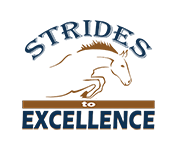
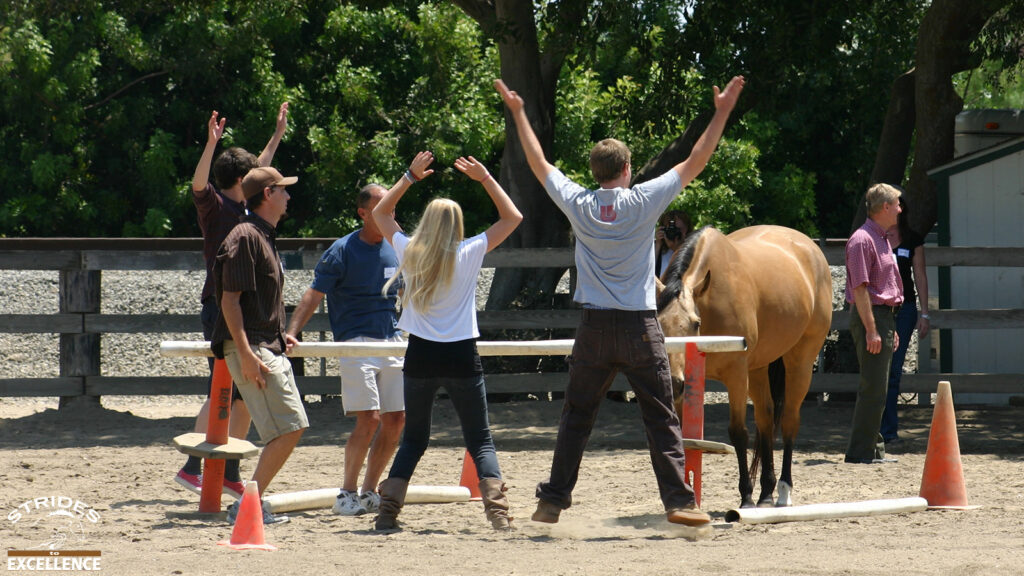
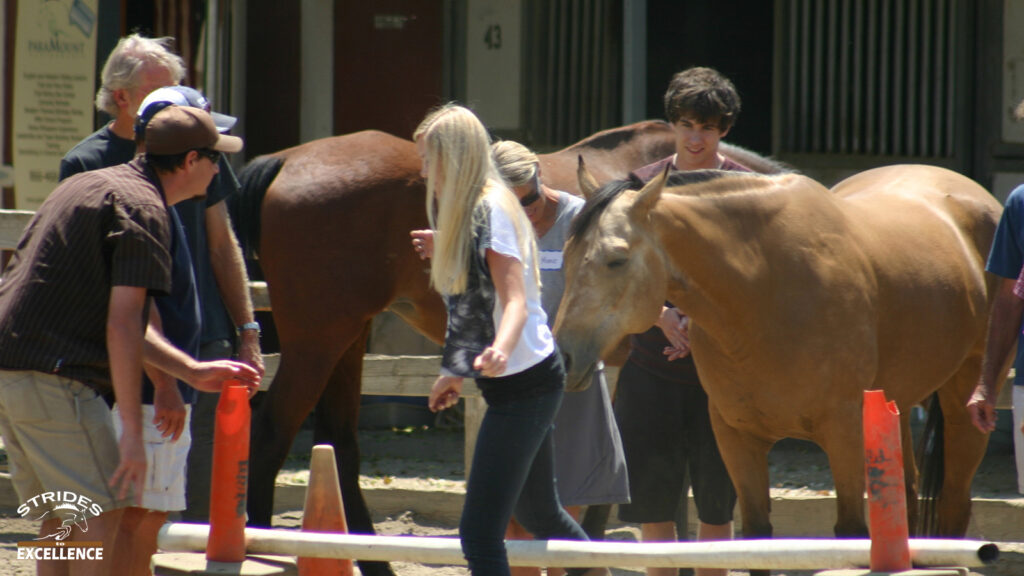
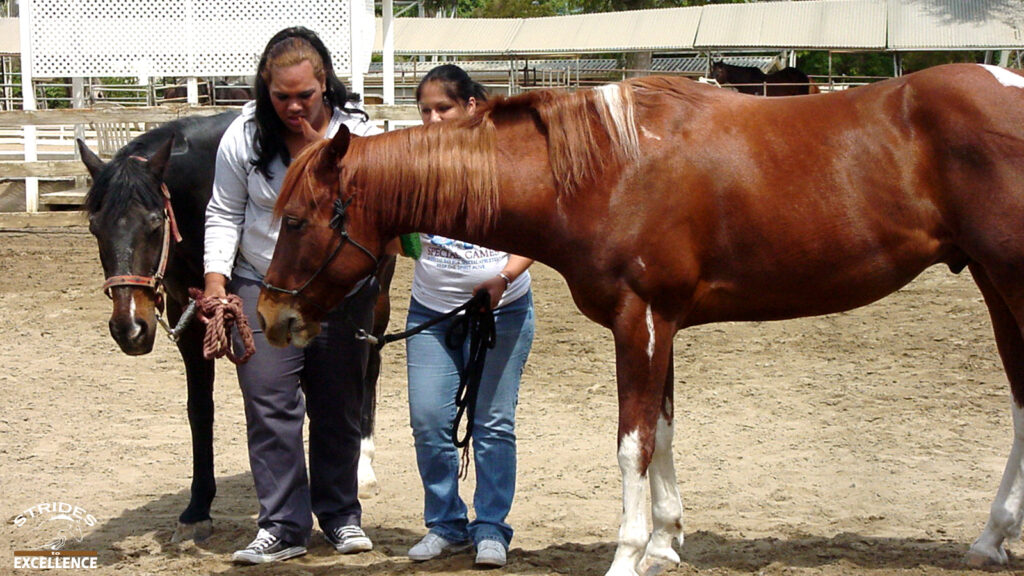
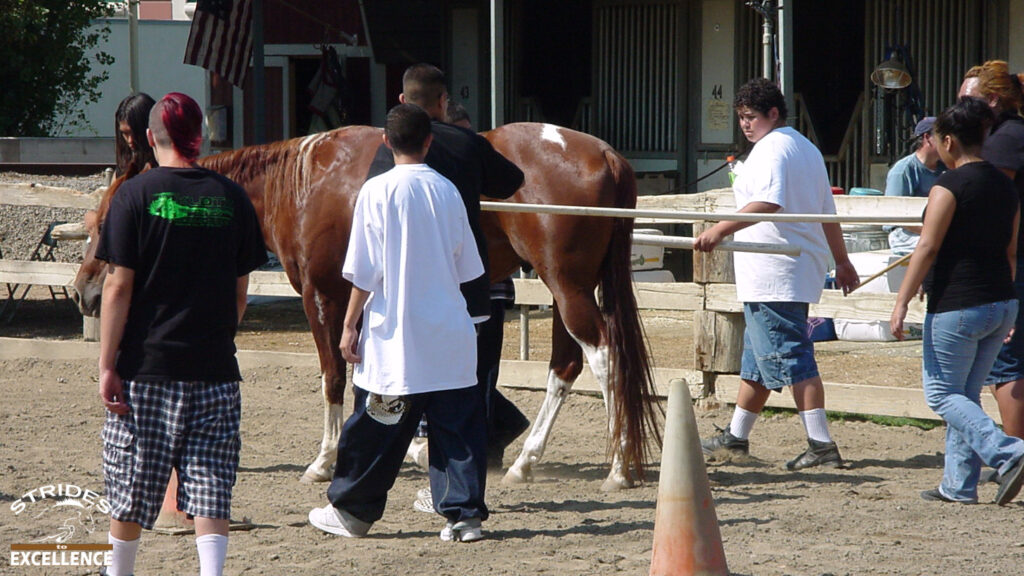




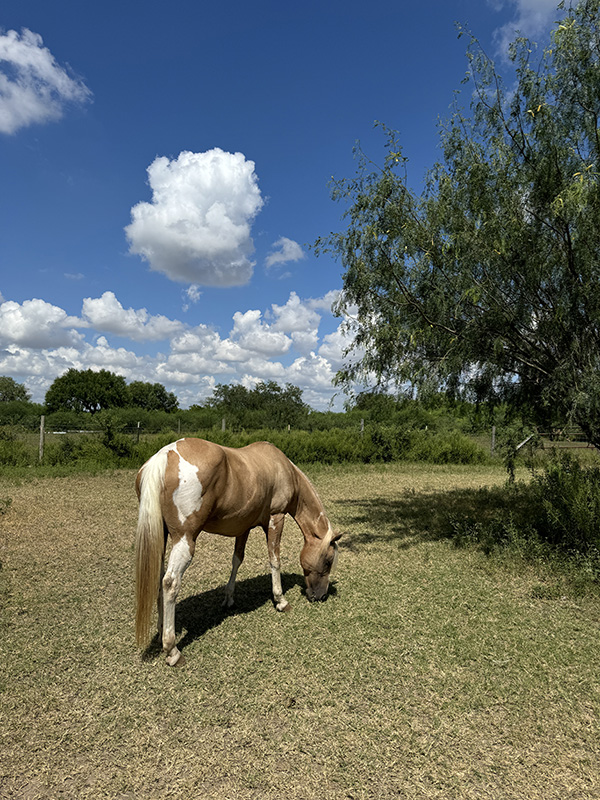

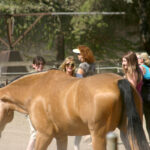


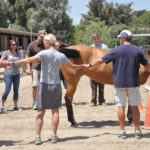







Pingback: Horse-based Activities: The Secret to Stronger Teams and Happier Families - Strides to Excellence